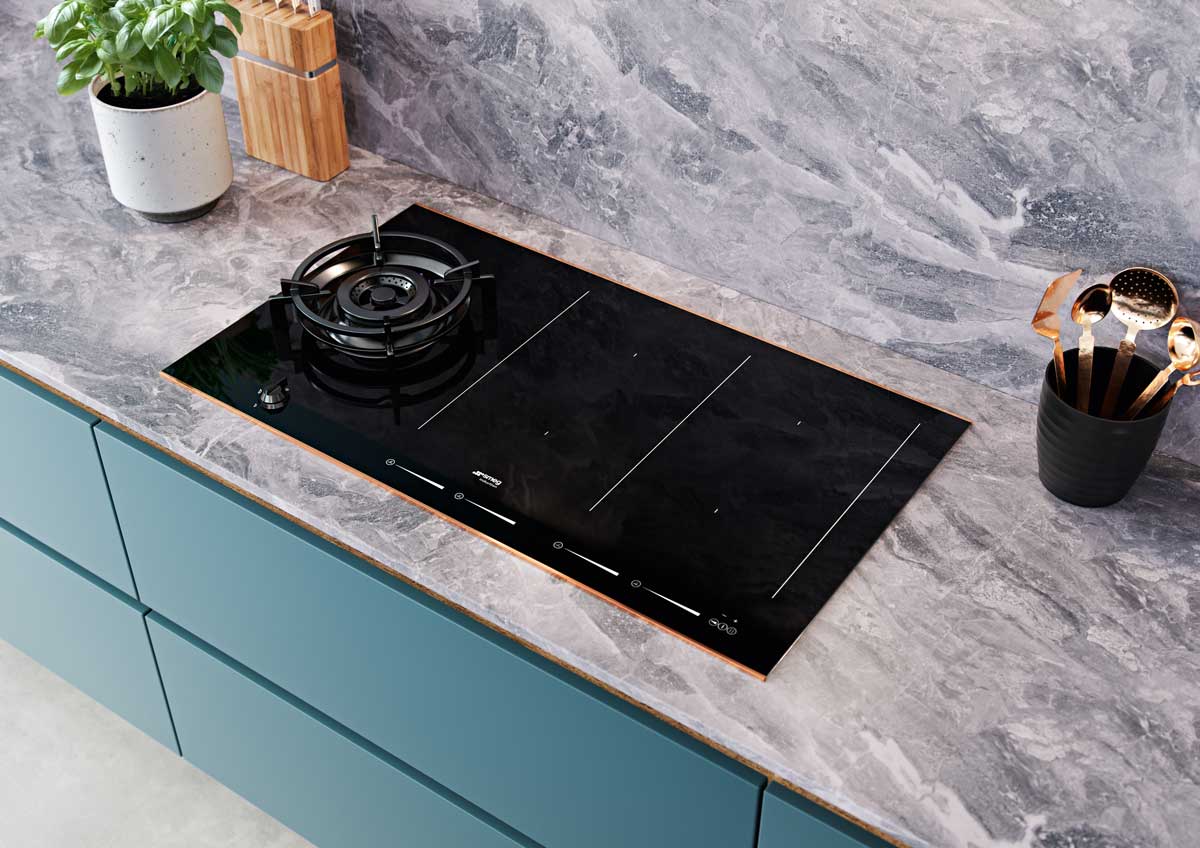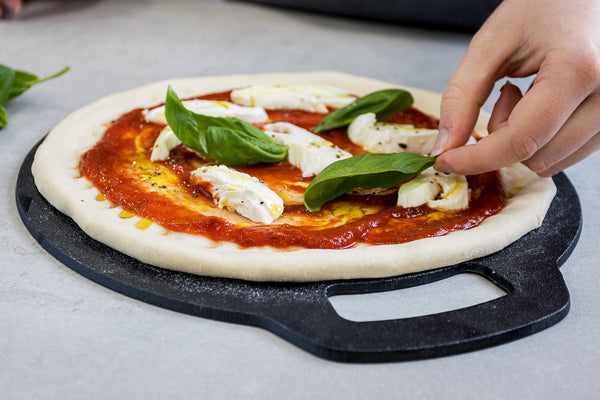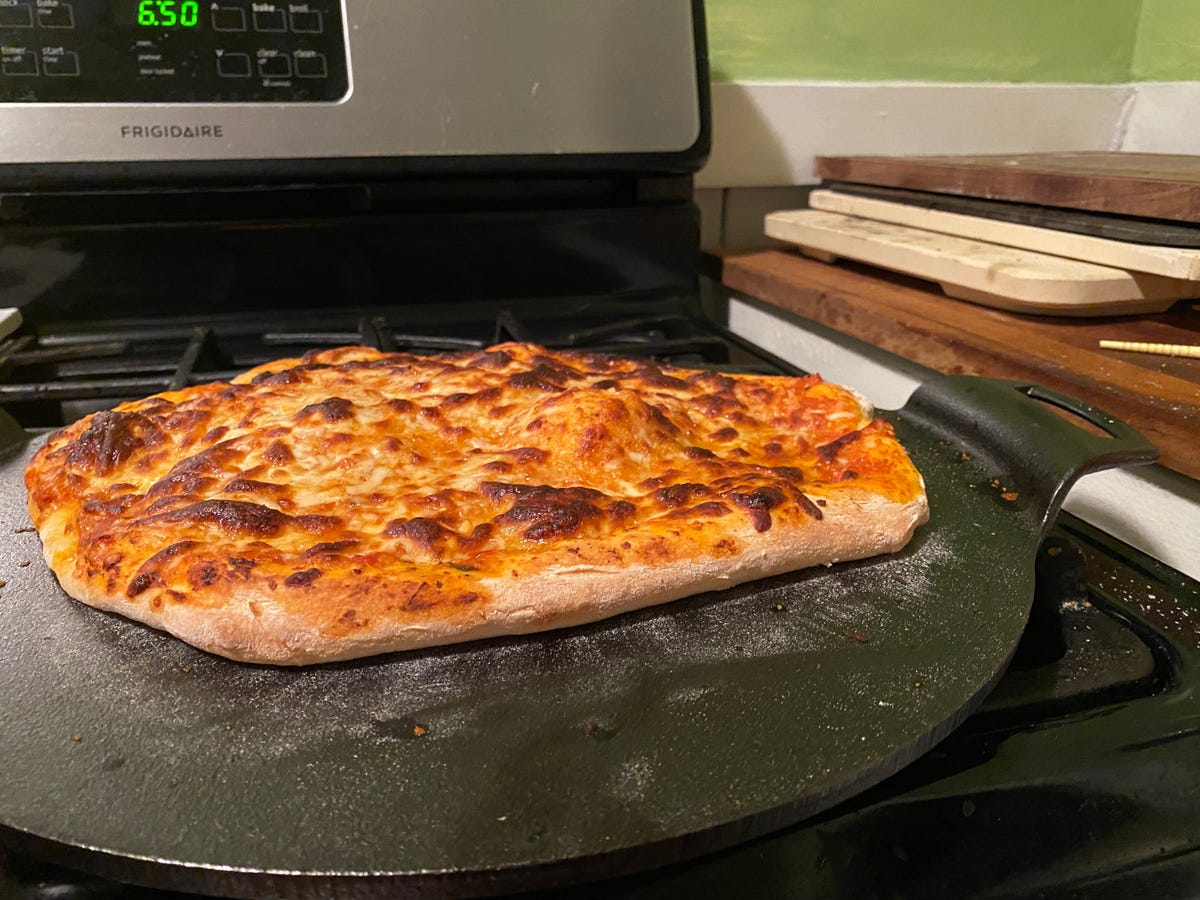Induction cooking has become a favorite among kitchen professionals due to its efficiency and precise temperature control. However, cooling down a cast iron pan after using it on an induction cooktop can be a bit challenging, especially if you're aiming to maintain the integrity and longevity of your cookware. In this article, we delve into the best practices for cooling cast iron after induction cooking.

The Importance of Proper Cooling
Properly cooling your cast iron is crucial for several reasons. The rapid temperature changes that occur during cooking and cooling can affect the structural integrity of the pan. Additionally, how you cool your cast iron can influence the flavor of the dishes you cook in the future. To avoid warping and to ensure a long life for your cookware, it's important to follow the right methods.
Understanding Induction Cooking
Induction cooking works by using electromagnetic fields to heat pots and pans directly. This method is not only fast but also energy-efficient. According to Consumer Reports, induction cooktops can boil water 20 to 30 percent faster than other methods. However, the rapid heating means that the cookware, especially cast iron, retains a significant amount of heat even after the heat source is turned off.
Best Practices for Cooling Cast Iron
Gradual Cooling
One of the best ways to cool your cast iron is to let it cool gradually. After cooking, remove the pan from the induction element and place it on a heat-resistant surface. Allow it to slowly lose heat to the surrounding air. Avoid immersing the hot pan in cold water as this can lead to thermal shock, potentially damaging the pan.
Use of Cooling Racks
Using a cooling rack can help air circulate around the pan, aiding in the cooling process. This method is particularly useful if you need to reuse the induction cooktop quickly. Just be sure the rack is sturdy enough to hold the weight of the cast iron.
Natural Air Cooling
Another effective method is to open a window or use a fan to increase airflow around the pan. This can help dissipate the heat more quickly than just letting it sit. However, remember that rapid cooling methods should still be approached with caution to avoid damaging the pan.
Internal Links for More Tips
For more insights on using cast iron with induction cooktops, you might find these articles helpful: Cast Iron on Portable Induction Cooktops, Cast Iron Losing Heat on Induction, and Cast Iron Pan Weight for Induction.
Troubleshooting Common Issues
Dealing with Stubborn Residues
Sometimes, food residues can harden on the surface of the pan during cooling. To handle this, gently scrub the pan with a soft brush or sponge once it has cooled to a safe temperature. Avoid using harsh abrasives that could damage the pan's seasoned surface.
Preventing Rust
After the pan has cooled and been cleaned, it's essential to dry it thoroughly and apply a light coat of oil to prevent rust. This step is crucial in maintaining the non-stick quality of your cast iron cookware.
Conclusion
Cooling your cast iron pan after induction cooking doesn't have to be a daunting task. By following the gradual cooling methods outlined above, you can protect your cookware and ensure it remains a reliable kitchen tool for years to come. For more tips on managing your cookware, check out this comprehensive guide.

FAQ Section
Can I put a hot cast iron pan in the fridge to cool it down?
No, placing a hot cast iron pan in the refrigerator can cause thermal shock, leading to potential cracking or warping of the pan.
Is it safe to cool cast iron with cold water?
It's best to avoid cooling cast iron with cold water as it can cause sudden temperature changes that may damage the pan.
How long does it take for cast iron to cool down?
Cooling time can vary depending on the size and thickness of the pan. Typically, it can take anywhere from 30 minutes to an hour for a cast iron pan to cool completely at room temperature.






Leave a comment
This site is protected by hCaptcha and the hCaptcha Privacy Policy and Terms of Service apply.